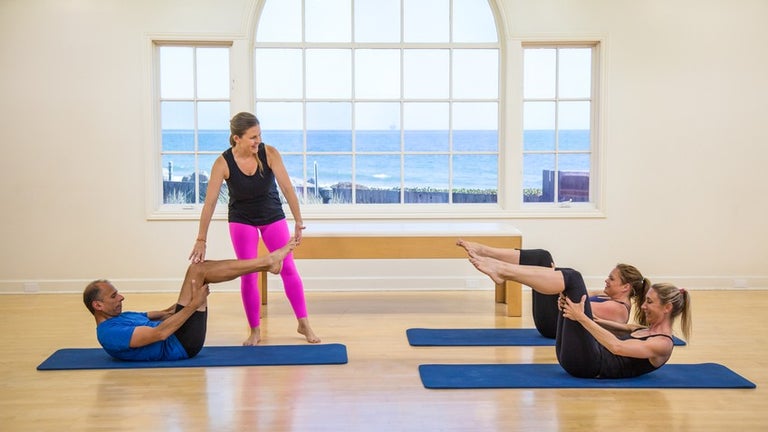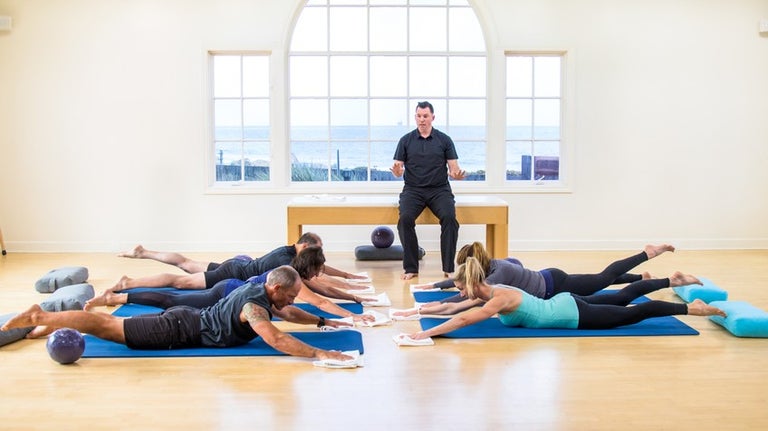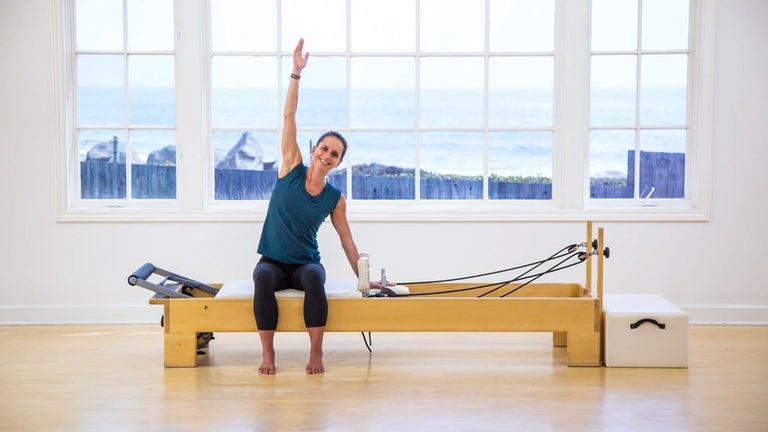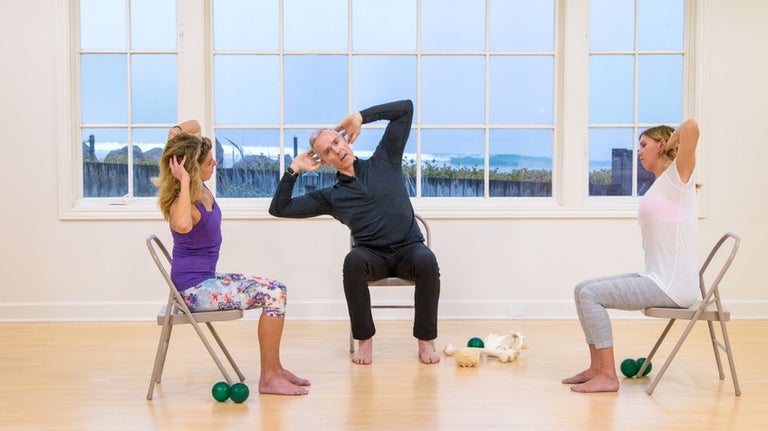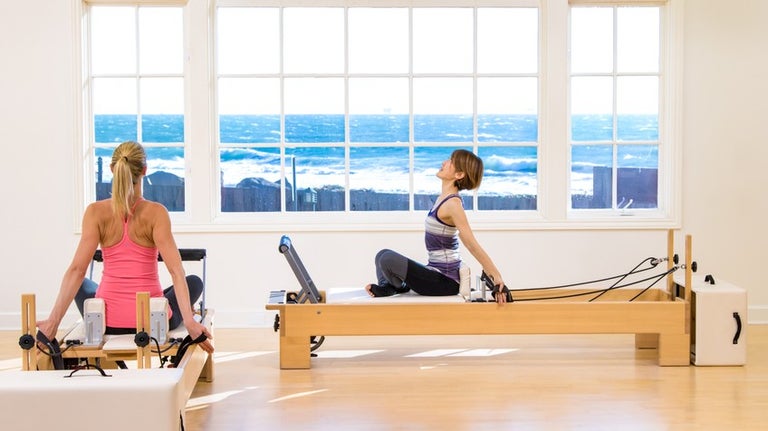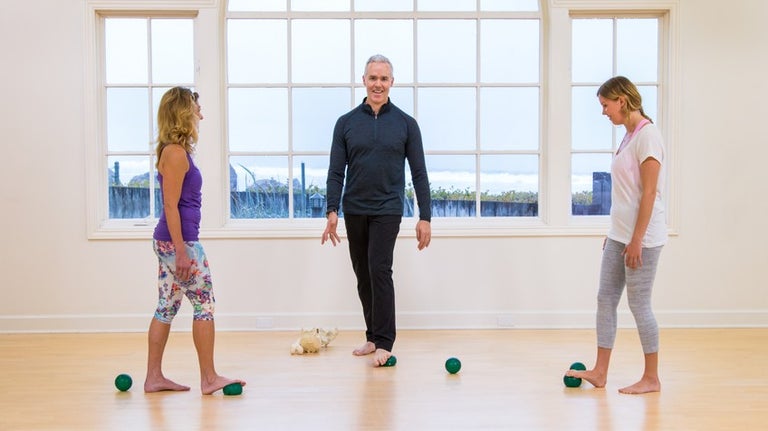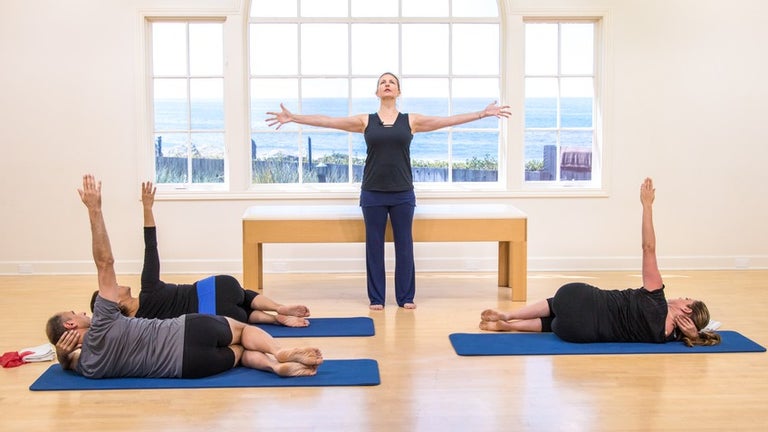Back Strengthening Pilates: Prevent Back Pain
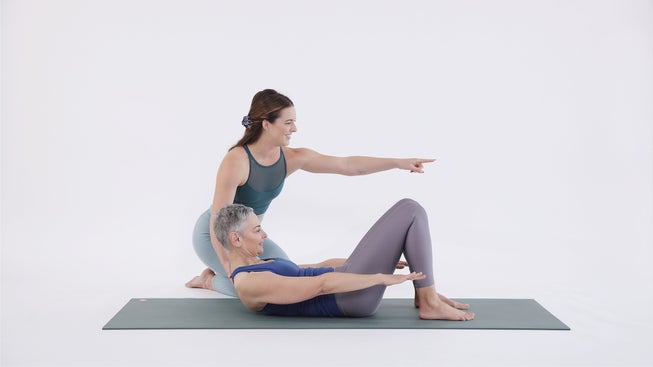
Back Pain Prevention and Pilates
If you’re like most people, you occasionally suffer from tightness and stiffness in your back. As we become more sedentary as a society and spend more time sitting and driving, back pain has become one of the most common reasons that people visit the doctor. You may have heard that Pilates is effective for preventing and easing back pain. Why is Pilates often recommended for back pain sufferers, and is it right for you? Read on to discover how a Pilates practice can lead to a strong, supple and pain-free back.
Basics on Back Health
Pilates teachers often say, “Movement is medicine.” It explains why back and spine health is so important. Back pain can cause a cascade of undesirable health effects. Pain during activities prevents you from doing the things you enjoy, such as gardening, exercise or even playing on the floor with a pet or small child.
Inactivity is a vicious cycle. It increases stiffness, which only makes the original situation worse. It’s not surprising that depression and anxiety are associated with back pain—losing one’s zest for daily life because of back pain is depressing! Pilates is often recommended for people with back pain because the exercises that make the back feel better also train your muscles to prevent future flare-ups.
Pilates strengthens the muscles of the back as well as the muscles that surround and support the spine, such as the glutes and abdominals. Pilates also encourages healthy movement patterns while walking, sitting and lifting, while also cultivating an awareness of the natural curves of the spine (“neutral spine”) that keep the back flexible and strong.
Overview on Exercises
A well-rounded back pain prevention routine includes both strengthening exercises and those that increase spinal mobility. Exercises that involve extension, or arching of the spine strengthen the muscles that run up and down the spinal column. Pulling in the abdominals at the start of each extension protects the delicate lumbar spine, or lower back. Pilates exercises such as Swan preparation are a good choice to strengthen the back.
The Pilates repertoire includes many exercises that involve rolling or articulating the spine, which is great for encouraging back mobility and flexibility. Rolling in a ball or the Roll-up, for example, will show you where your back is tight and where it is more flexible and supple. Practicing these rolling exercises will gradually produce more flexibility along the spine. They can also double as a self-massage!
In addition, strengthening the muscles that surround and support the spine helps prevent back pain. These include the abdominals, gluteals, and hamstrings. Imbalances, tightness, or weakness in these muscles contribute to bad postural habits that put the spine into an undesirable position. Over time, these patterns can result in back pain.
Featured Classes to Prevent Back Pain
Posture for Back Health
Good posture doesn’t just make you look better, it can make you feel better. A consistent Pilates practice can create long-lasting results.
Seated Posture
We spend much of our days sitting, so why not sit better? If you are sitting as you read this right now, take a moment and direct your attention to what are called the “sitz bones.” Hint: you’re sitting on them!
These are the two bony landmarks on either side of your center line. Try to align these points with the center of the pelvis, rather than collapsing the spine and allowing them to roll forwards. This action, also called a “posterior tilt,” causes the lower back to round. Once your sitz bones are directly beneath you, draw your awareness up the spine. Pull your abdominal muscles in and up, as if cinching a belt around your waist. Your hip bones should line up over your sitz bones, and your shoulders should line up above your hip bones.
If you need more feedback, push your feet flat onto the floor and pull the abdominal muscles in and up in opposition to the feet. The resulting seated posture retains the natural curves of the spine while also creating space for the internal organs and relieving pressure on the spinal discs.
Standing Posture
A seasoned Pilates teacher will often begin a first session with a new client by observing how the client walks, sits, and stands. You can perform the same kind of postural assessment for yourself using a mirror.
Let go of any preconceived notions about what ideal standing posture looks like. Most people imagine a soldier standing ramrod straight with his chest puffed up. In fact, the ideal standing posture maintains the natural curves of the spine. The tailbone points down, not behind or in front of you, alleviating strain on the lower back. The abdominal muscles pull in and up (providing a natural, not forced, lift of the chest), while the shoulders pull down and back.
These actions, taken together, will result in a posture that radiates confidence and presence. It not only looks better, it feels better! A Pilates practice helps you become aware of these subtle shifts and actions, so that what you practice in the studio or at home on your Mat becomes instinctual in real life.
Featured Classes for Posture and Back Health
Your Pilates Anytime Membership Benefits
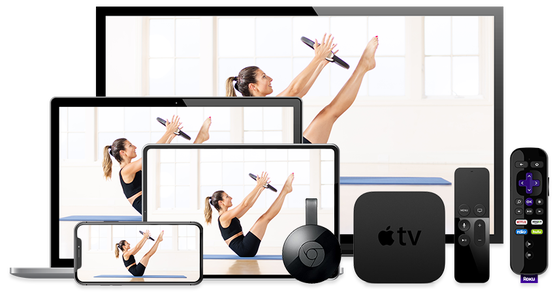
- 15-Day Free Trial
- Unlimited Access to Thousands of Classes
- 95+ Pilates Programs and Challenges
- No Ads
- New Videos Weekly
- Available on All Your Favorite Devices

